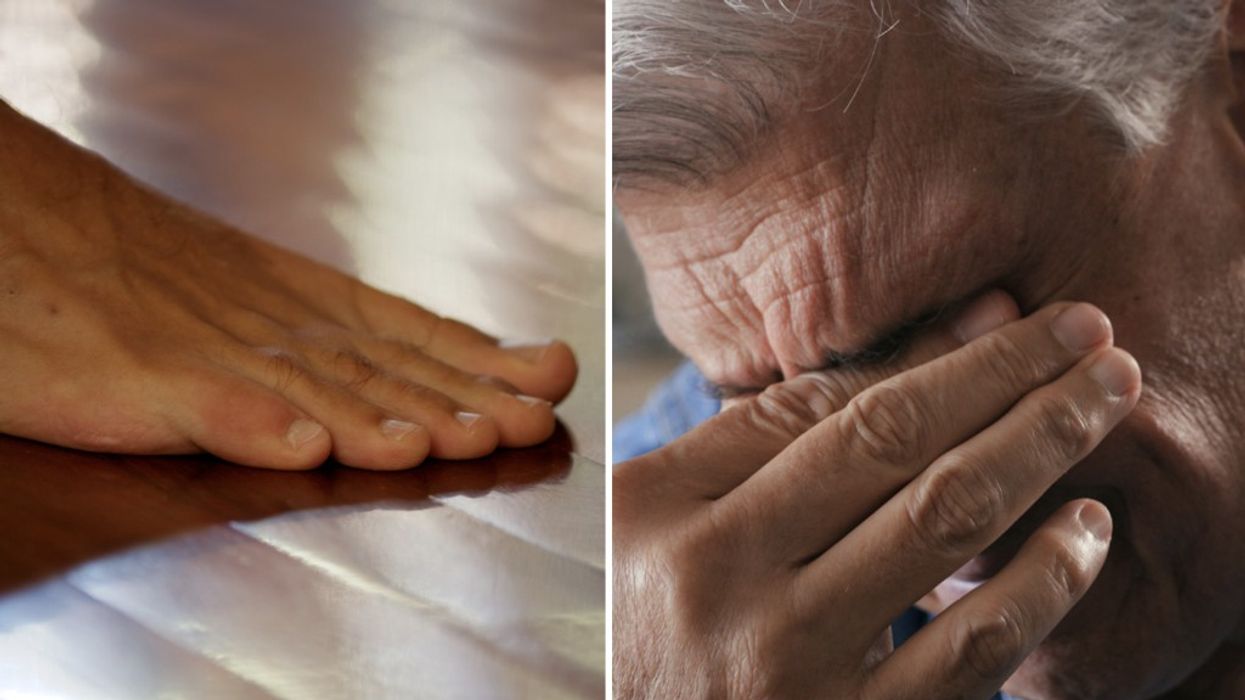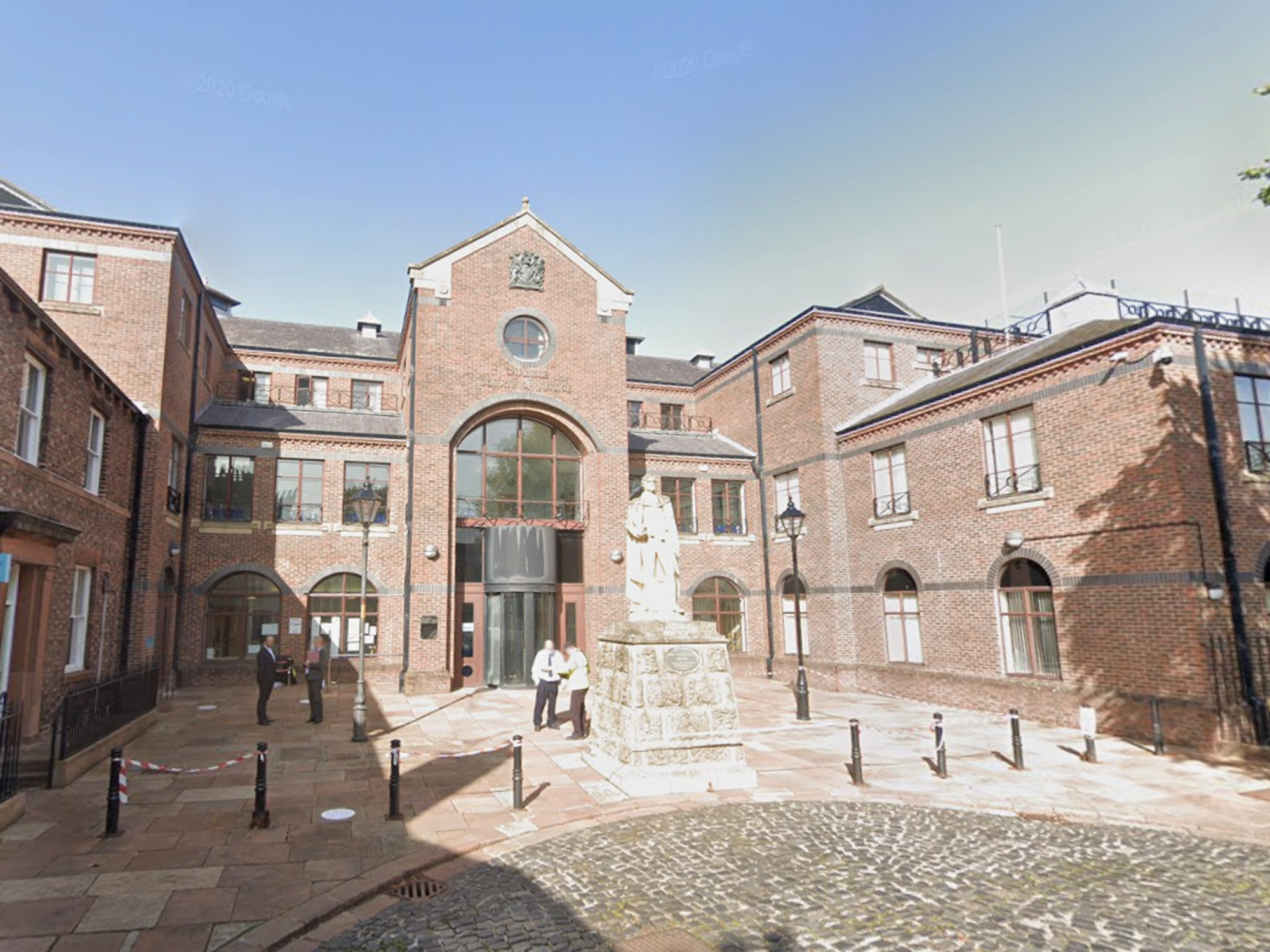'The first sign of diabetes I noticed was in my feet - then my eyes started leaking fluid'

One diabetes sufferer reveals how his first diabetes symptom of tingling in the feet escalated to eyes leaking
|Getty Images

Diabetes often lies dormant for many years before symptoms show up - and you'll know about it when they do
Don't Miss
Most Read
Latest
A patient has revealed his first symptom of type 2 diabetes, which marked the beginning of a long and hellish journey that brought him dangerously close to going blind.
One million Britons are currently living with the condition without realising it. That's because the symptoms can take years to show up.
One sufferer can attest to this. Despite being diagnosed in 2006, his first symptom did not show up until four years later.
"The first diabetes symptom I felt, which began around 2010, was a mild tingling, or 'pins and needles' feeling in my feet," the anonymous patient told Yale Medicine.

More than half of all people with diabetes will develop some type of neuropathy.
| Getty ImagesOver time, the anonymous patient's symptom gradually worsened and morphed into numbness in portions of his feet - a condition known as peripheral neuropathy, which results from damage to the nerves located outside of the brain and spinal cord.
More than half of all people with diabetes will develop some type of neuropathy. Many experience sharp, stabbing pains in their feet.
"I’m fortunate that I’ve never had that; I've just experienced numbness and cold feet due to diabetes-related circulation problems. So, the neuropathy never really bothered me. I rationalized that I could easily live with a little numbness in my feet," the patient said.
The really "worrisome" complications came later on.
After a routine dilated eye exam, he was told he had the beginnings of diabetic retinopathy and was advised to see a retina specialist as soon as possible.
"I’ve always been very squeamish about my eyes, so I put that off and retreated into my familiar world of denial. Then, one autumn evening about a year later, I was having dinner outdoors with a friend. She said: 'Look at those stars—there’s the Big Dipper!' I looked up and all I saw was black sky. No stars."
That spooked him but then he received even worse news: he had fairly advanced retinopathy.
Diabetic retinopathy occurs when too much sugar in the blood leads to blockages in the tiny blood vessels that nourish the retina, the light-sensitive tissue in the back of the eye. As a result, these vessels can start to leak fluid.
In some cases, they can close off completely, and the eye attempts to grow new blood vessels. But these new vessels don't develop properly and can leak or bleed easily, which can lead to a buildup of fluid (called edema) in the macula—the center portion of the retina. If left untreated, these macular edemas can cause permanent vision loss.
LATEST DEVELOPMENTS

Diabetic retinopathy occurs high blood sugar leads to blockages in the tiny blood vessels that nourish the retina
|Getty Images
Sometimes, laser treatments are used to stop or slow this leakage in the eye. Another treatment involves injecting medications into the eye to help stop the growth of new blood vessels and decrease fluid buildup.
The patient was told that injections would be the best option.
"I am so sensitive about my eyes that I have never even worn contact lenses. Now, I was faced with the prospect of literally getting needles in my eyes. But thanks to topical anesthesia that numbs the eye and a very kind retina specialist, it wasn’t that bad," he said.
The patient added: "I have been getting the injections for several years now, and it’s gotten easier over time. It’s amazing what you can get used to, especially when the alternative is potentially going blind."
According to the NHS, you should contact your GP or diabetes care team immediately if you experience:
- Gradually worsening vision
- Sudden vision loss
- Shapes floating in your field of vision
- Blurred or patchy vision
- Eye pain or redness
- Difficulty seeing in the dark










